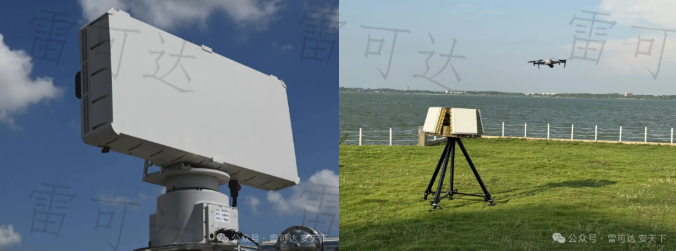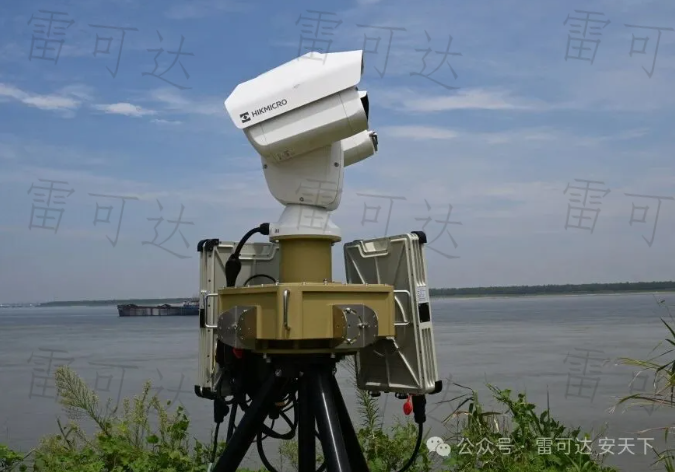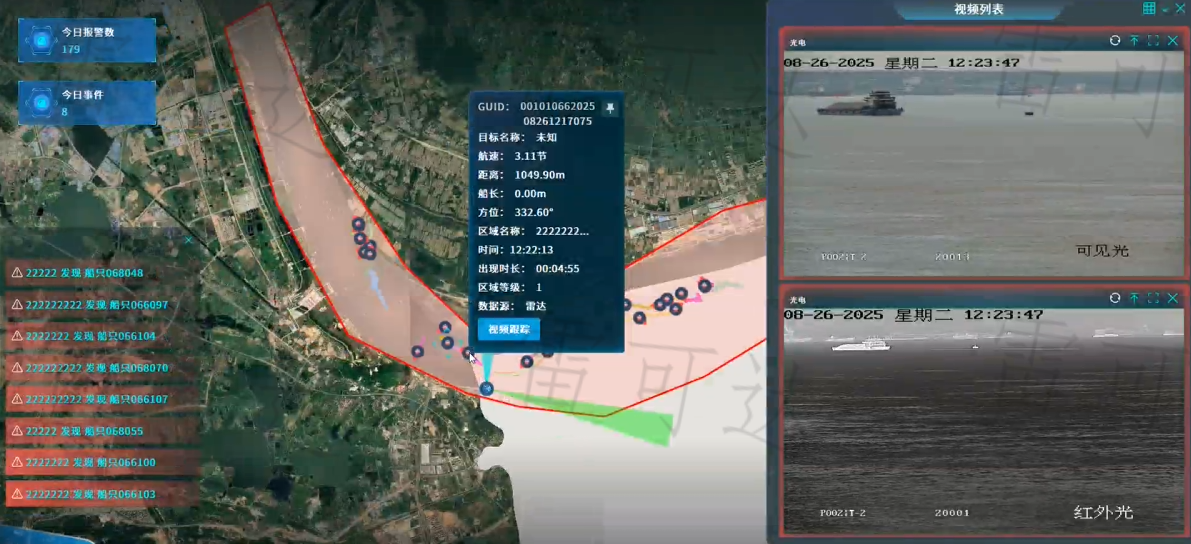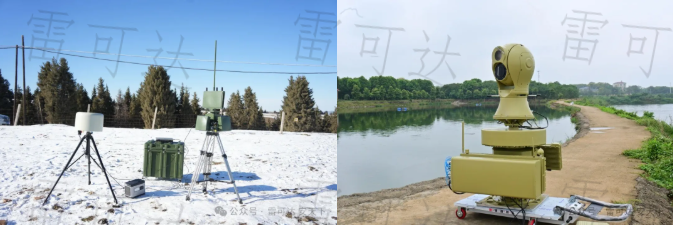[Tech Analysis] A Deep Dive into the Pros and Cons of Three Core Technologies for Drone Countermeasures
Release time:
2025-09-26
Early on, we introduced mainstream anti-drone products, their working principles, and a selection guide (for more details, click → [Tech Analysis] This article guides you through understanding mainstream anti-drone products, their working principles, and a selection guide. ), today we'll delve deeper into the strengths and weaknesses of the core technologies behind drone countermeasures.
Comparison of Advantages and Disadvantages of Phased Array Detection Radar
Advantages

Lei Keda Traditional Low-Altitude Radar & New Product: Real-Scene Images of the 2D Four-Sided Active Phased Array Radar
226 Series Phased Array Radar:
High detection efficiency: Adopt Electronic scanning Alternative Mechanical rotation , which can track simultaneously Multiple objectives , can quickly detect Swarm drones , suitable for handling Multi-Objective Threat Scene.
High detection accuracy: Can precisely obtain the drone's Distance 、 Speed 、 Height These parameters provide precise target guidance for subsequent countermeasures, helping to minimize deviations in retaliation.
Highly adaptable to the environment: Less affected by weather, Rain 、 Fog 、 At night Still able to operate stably even in complex environments, enabling 24/7 Continuous detection.
Strong anti-interference capability: Possess Anti-clutter 、 Anti-electronic interference The characteristic makes it不易被无人机的 Electronic jamming Means of influence ensure detection stability.
New 2D Four-Sided Active Phased Array Radar: Compared to traditional low-altitude security radars, Two-dimensional four-sided active phased array radar No need for equipment Rotating platform This design significantly enhances its performance reliability. Four front lines Its composition has also improved. Data rate And Detection accuracy , not only solved the “ Misjudgment 、 Misjudgment "The challenge, and also achieved Search and Track Simultaneously The assignment mode.
Disadvantage
There are blind spots: Will be affected Topography 、 Building obstruction The impact can occur in complex environments such as densely built-up urban areas. Detecting blind spots , unable to fully cover the target area.
Highly costly: Phased Array Radar Research and Development 、 Production And Maintenance costs High—making widespread adoption in low-cost, civilian applications more challenging.
Susceptible to small, low-speed targets: In a complex environment, Birds 、 Balloon 、 Small aircraft These could be misjudged, leading to Micro drone Or Low-speed flight The drone may experience missed detections.
Comparison of Advantages and Disadvantages of Optoelectronic Detection

Real-scene images of the Leikeda-Leiguang integrated machine
Advantages

Lightning and Sound Integrated Machine Effect Example
Precise Identification: Can be achieved through Optical camera 、 Infrared thermal imager Directly acquire the target using the equipment Image Or Thermal signal 、 Appearance 、 Flight attitude 、 Mounting object Wait for detailed information to avoid misjudgment. At At night 、 Smog Under low-light conditions, it can be used in conjunction with infrared thermal imagers for identification, making it ideal for scenarios requiring high target confirmation accuracy.
No electromagnetic radiation: Only through Optical signal Collecting target information will not be affected by Electromagnetic interference , available at Substation 、 Communication base station Suitable for use in areas sensitive to electromagnetic environments, and Radio interference 、 Microwave Ensure device compatibility to prevent self-interference within the system.
High equipment flexibility: Can be paired according to detection requirements, Different radars Conduct detection and monitoring.
Disadvantage
Limited operational range: Affected by Optical equipment resolution And Atmospheric Visibility Restrictions, difficult to manage Ultra-long distance Goal.
Easily obstructed: Since optoelectronics cannot function like radar does Penetrating obstructions , Urban architecture 、 Trees Obstacles like these will form. Detecting blind spots 。
Comparison of the Pros and Cons of Deception-Inducing Interference Products

Leikeda Owl Omnidirectional Anti-Drone System & Haidongqing Directional Anti-Drone System
Advantages
Strong concealment: Can be achieved through Forged signals Guiding drones in a way that makes it difficult for the drone's flight control system to detect the target, ensuring a covert countermeasure process—perfectly suited for Confidential Area 、 Military reconnaissance Wait until you need " Precise Trap Deployment The scene.
High controllability: Can guide drones to pre-set locations Empty area Or land on Designated Location , facilitating the capture of drones and the recovery of sensitive data.
Good environmental adaptability: The product is affected by Building 、 Terrain Occlusion It has minimal impact and can still function reliably even in complex environments like urban construction areas.
Disadvantage
Limited scope of application: Deception 、 Interference signal Needs to be by drone Receive And " Accept and Trust "So the effective range is relatively short, and it requires... Continuously sending signals Maintain the deceptive state, to Equipment Power High demands.
Easily interferes with legitimate devices: If the deceptive false signal leaks, it could potentially affect Vehicles nearby 、 Ship The navigation system and other components have deviated from the planned course, so strict control is required. Signal Coverage Range 。
From a technical perspective, drone countermeasures each have their own unique strengths. Looking ahead, the ongoing "arms race" between drones and anti-drone technologies will continue to escalate. A future defense system—integrating multiple technologies and leveraging AI for coordinated, multi-layered "air-space-ground一体化" operations—will undoubtedly become the key approach to addressing complex threats. Whether it’s the need for cost-effective security solutions in civilian applications or the demand for long-range, precision strikes in military defense, only by aligning technology with specific operational scenarios can we build an efficient, secure, and comprehensive low-altitude defense barrier that leaves no blind spots.










